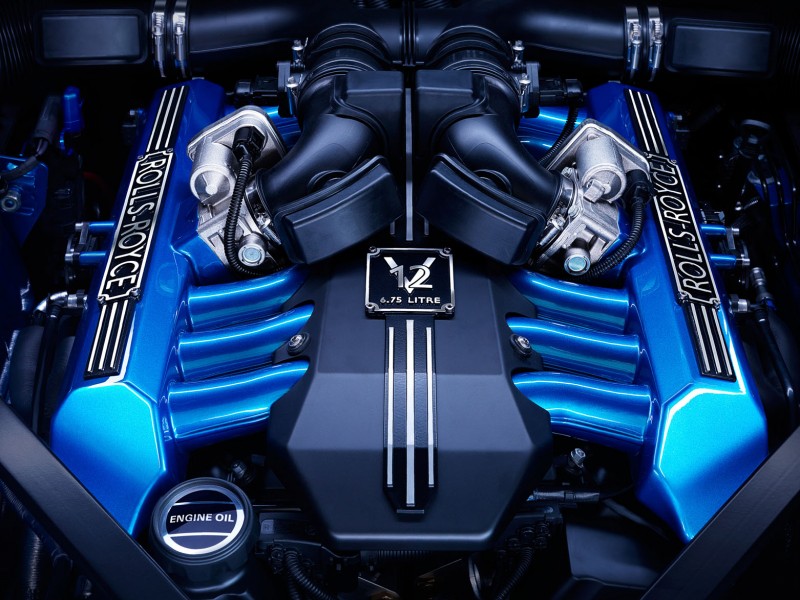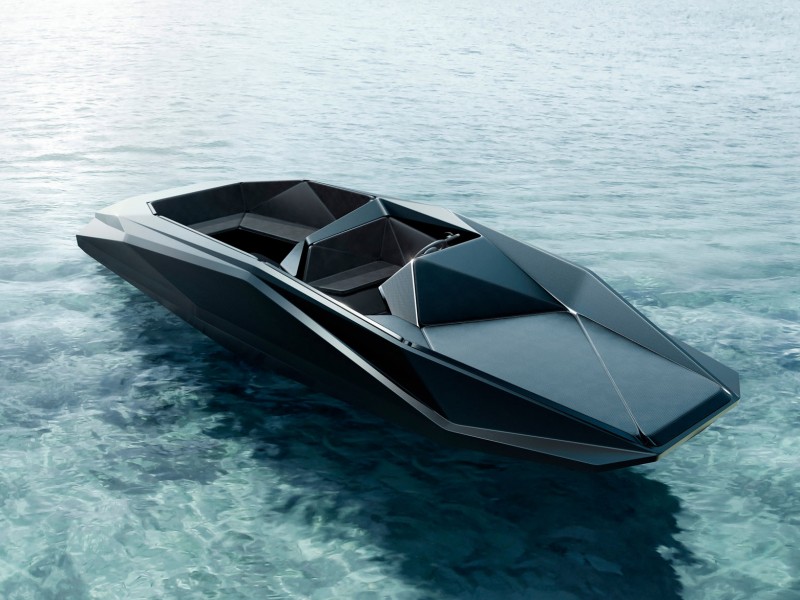The story of the pelican operates as an evocative microcosm of John Wolseley’s career: in the winter of 2014, the artist was camped in a swampy area just south of Mataranka the Northern Territory, Australia nearing the conclusion of six weeks spent creatively immersed in the wilderness. The campsite was a singularly unromantic one, situated beneath a motorway viaduct next to a small, soupy dam. Upon waking early one morning, he spotted an inert black and white form at the water’s edge and was moved to investigate.
“I thought I was looking at a Friesian cow,” Wolseley recalls, his excitement at the discovery still apparent. “What it actually was, was a dead, partially desiccated pelican! And so I took it to my camp and inked it up… inked her up … and began to work with her.”
Wolseley’s partner of the past 25 years, curator Jennifer Long, relates her first glimpse of the avian haul with an air of familiar, amused resignation. When she arrived to meet Wolseley at Alice Springs, having driven the couple’s battered ute from their home in the Whipstick Forest more than 2000 kilometres away, she was greeted not only by the spectacle of the pelican, pegged out to dry in the breeze, but also by the lamentably less decomposed body of a juvenile bustard, whose temporary shroud of a plastic bag soon filled with maggots. Such is the nature of Wolseley’s practice (and indeed, of the couple’s shared eccentricity and pragmatism), that a bag of maggots represented not so much a spectre of horror as a handy aid to speedy decomposition. The odour emanating from the bag apparently also provided an effective guarantee of space and privacy at campsites on the long drive home.
When I visit Wolseley in his St Kilda studio, he is in the process of completing the monumental work in which the pelican appears—Dystopia-The last wetland, Gwydir 2184—and he spends some time balanced atop a rickety ladder affixing the five metres of paper to the wall with drawing pins. The work is soon to feature in Heartlands and Headwaters, Wolseley’s major exhibition opening at the National Gallery of Victoria on 11 April, 2015. Comprising around 45 paintings and 50 drawings, the exhibition is the result of four years’ work, guided by Wolseley’s characteristic merging of scientific curiosity, adventurous spirit, wry humour, and pantheistic reverence for nature. The project has been sponsored by Sir Roderick Carnegie (described by Wolseley as “a modern day Medici or Doge”), whose patronage made possible the artist’s numerous journeys into the Australian wilderness, from Kakadu to Skullbone Plains, to seek out new sites, new materials and new methods. Even as acts of patronage go, this was an unusually generous and open one. With no specific instruction as to the nature, subject or scale of the works (save that they relate to Australian landscape—already Wolseley’s creative focus) the artist was effectively granted complete freedom to explore his ideas.
And so to return to the pelican, and its artistic afterlife. Wolseley’s bird printing is not for the faint of heart. The process, in which the naturally deceased instrument is covered with ink, tossed onto a sheet of paper, covered with another sheet, weighted, and then left for hours or days to leave its mark, is reminiscent of the kind of childhood experiment a parent might anxiously consider for traces of psychopathy. That this process should result in the most expressive, delicate and tender marks—each feather delineated on the paper, sharp beak outlined like the ancestral archaeopteryx- is an indication of Wolseley’s rare foresight, capacity to marginalise squeamishness and to privilege wonder, and see enchantment where others might perceive abjection. Wolseley is of course not the first artist to make creative use of dead animals, but his reluctance to capitalise on the associated shock value sets his creations apart. Far from the voyeuristic spectacle of Damien Hirst’s slaughtered, maggot-ridden cow’s head, Wolseley’s animal finds are memorialised with an air of veneration. The artist himself refers to the pelican’s impression as “a sort of shroud of Turin”.
Many of Wolseley’s artistic interactions with nature have their origins in much earlier practices. His bird printing is in effect an extension of ‘nature printing’, a process developed in the 18th century and popular among scientists and amateur naturalists, whereby a natural specimen (most commonly a piece of foliage) would be covered with pigment and pressed between sheets of paper to leave its mark. Experimental printing techniques have always been a feature of Wolseley’s practice; having received his artistic education at Byam Shaw and St Martin’s School of Art, the artist was already a specialist printmaker, and his work bears the traces of both his rigorous training, and of an imaginative desire to infuse the medium with something more haphazard or tempestuous.
Driven in part by a professed desire for wildness, Wolseley departed the cosy green hills of his native Somerset and settled in Australia in 1976, at the age of 38. Here, he embarked upon a project of acquainting himself as intimately as possible with the peculiarities of the Australian landscape. This approach necessitated, from the outset, a nomadic existence, a continued program of exploration and discovery. As Wolseley explains “What I like doing most of all in the world, is immersing myself in a location which is completely new to me; wandering about and making drawings of the intimate processes and natural history of the place”. Wolseley has always cultivated a dual-understanding of both micro and macro forms and processes within nature, describing himself as “one who tries to relate the minutiae of the natural world—leaf, feather and beetle wing—to the abstract dimensions of the earths’ dynamic systems”. This sense of intimacy with the environment is communicated in his characteristically hybrid practice, combining the traditional media of landscape sketching (in particular watercolour, pencil and charcoal) with more serendipitous, nature-based techniques. In Natural History of a Sphagnum Bog, for example, a delicate watercolour depiction of the bog’s surface, complete with reflected cloudy sky, is integrated with the trailing, flattened foliage of running marsh flower and the spongy imprints of mosses.
Wolseley’s works are consistently marked by an innovative manner of touch, an unlikely sensuality resulting from a kind of surrender to landscape rather than manipulation or domination of it. In his willingness to let nature make the first move, so to speak, he effectively inverts the traditional power dynamic of artist-naturalist-explorer in the colonised land. He is not describing so much as receiving. There is an air here of reverence, of subjugation to, and collaboration with, the landscape.
His 2007 exhibition, Travelling West to Sunset Tank, saw the invention of what Wolseley terms the 'ventifacts'—large sheets of rag paper released into areas of wilderness to blow in the wind and interact with whatever natural forms grow or reside there. After a period of weeks, the artist would return to the site to reclaim them, battered and moulded by wind and sometimes water, inscribed by the charcoal fingers of burned branches, nibbled by insects and scuffed by the earth. Wolseley describes the magic of rediscovering the newly-formed ventifacts “often held in the arms of trees or nestled in the banks of sand”.
There is the sense, in these descriptions and their associated practices, of nature speaking through the artist. As he explains, “I am finding ways of collaborating with the actual plants, birds, trees, rocks and earth”. It comes as no great surprise, then, that a particular politics is reflected within these collaborations/communications. The cotton farms which dominate the upper section of Dystopia (in which the pelican appears), are already having a detrimental impact on the ecosystems of northern NSW. In earlier works, Wolseley has painted delicate endangered herons perched in the shadow of immense power station cooling towers; he has mapped areas of deforestation and incorporated graphs of changing climatic conditions into lush landscapes. A depiction of flotsam washed up on a lake’s edge included amongst its picturesque assemblage of feathers, pebbles and shells, aluminium ring pulls and tangles of fishing line. That images which are, in effect, spectres of looming natural disaster should maintain such a sense of beauty is indicative of Wolseley’s subtlety, his understanding of the complexity of ecosystems, and of the equally complex human activities and motivations that threaten them. His works are evocative, quietly persuasive rather than didactic; this is very much a case of show-don’t-tell.
For all Wolseley’s fascination with geology, zoology, cartography and climate change, there exists simultaneously within his work a profoundly tactile, even corporeal quality. This is an artist who refers, in the same breath, to graphing the migration of an endangered godwit, and to dancing with trees. In the Romantic tradition of inspired naturalism, Wolseley’s paintings, prints and drawings are subtly infused with both reverence and irreverence, with mysticism and with actuality. Like William Blake or Samuel Palmer—two of his most beloved if distant forbears—Wolseley fuses an understanding of nature’s minute particulars with a taste for the visionary, the immanent and the sublime. Heartlands and Headwaters is the amalgamation of a lifetime’s contemplation of nature in all of its unknowable immensity and exquisite intricacy, from the jewel-like carapace of the beetle to the great flatness of the floodplain. One is struck by the profound, fragile complexity of the Australian landscape, and equally by Wolseley’s place and that of his creations within it—delicately suspended between poetry and politics, between science and sorcery.
For more visit www.johnwolseley.net
Image Credits:
Image 01. John Wolseley releasing sheets of paper near Sunset Track to be collected after they have been inscribed by the burnt scrub. Photo by Jennifer Long.
Image 02. Detail of: John Wolseley, Natural history of a sphagnum bog, 2013, watercolour on eight sheets 140x400cm. Private Collection, Melbourne.
Image 03. John Wolseley, The Great Floodplains of Garrangali and Garangarri, 2012-13. Private Collection, Melbourne.
Image 04. John Wolseley, Murray Sunset Refugia with 14 Ventifacts, 2008—09, carbonised wood, watercolour and graphite on paper, 120x232cm; 267x495cm. Private Collection, Melbourne.
Related Features
-
66
-
-
-

